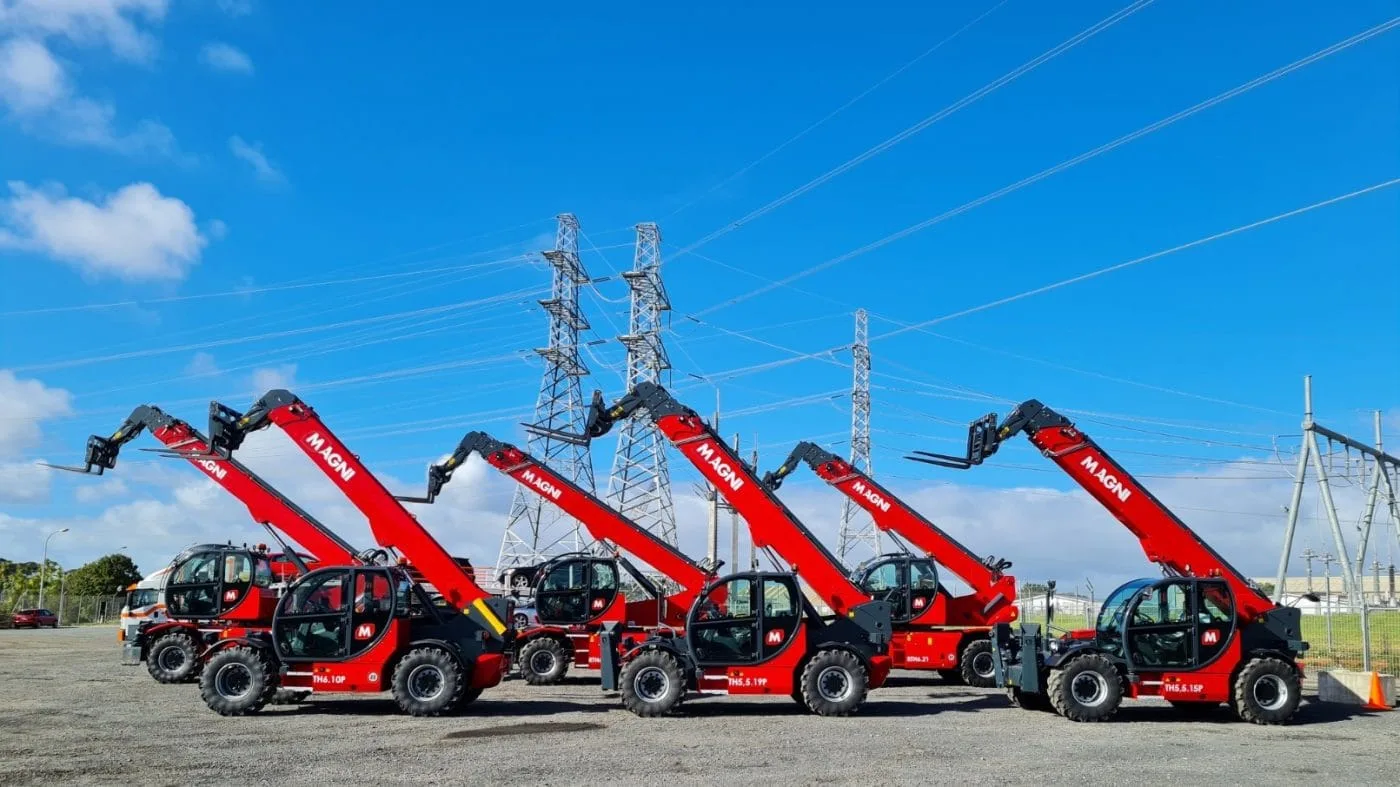
Safety Guidelines
for Telehandler Operation
When working with telehandlers, safety is paramount. At APS Equipment, we prioritise the well-being of operators and those working around heavy machinery by adhering to strict safety guidelines. This page serves as a comprehensive guide to help ensure that telehandler operations are conducted safely and efficiently, reducing the risk of accidents and equipment damage. By following these guidelines, you can maintain a safe work environment, protect your equipment, and ensure that all tasks are completed effectively.

